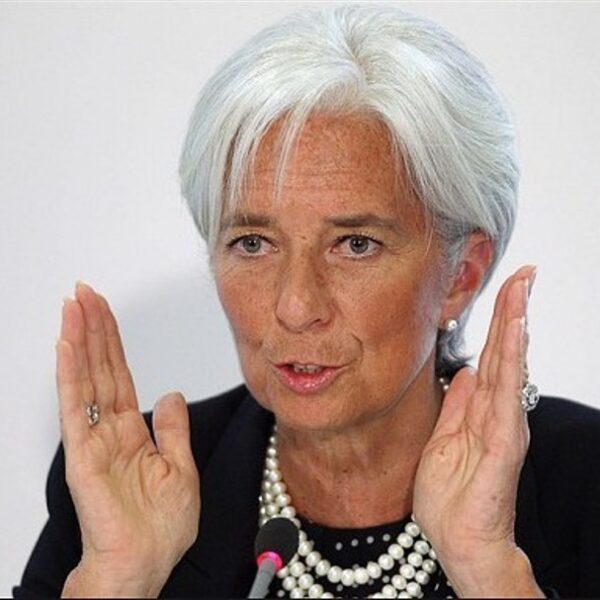In a recent interview, US Securities and Exchange Commission (SEC) Commissioner Hester Peirce reopened the discussion of adding staking features to Ethereum ETFs (exchange-traded funds) after their upcoming launch, possibly on July 23.
Initially, ETF issuers such as VanEck and Fidelity had sought approval to wager the underlying Ethereum held in their products. However, it is speculated that they removed this component as one of the requirements for SEC approval of these index funds in May.
Reintroduction Of Staking In Ethereum ETFs?
During the interview, Commissioner Peirce expressed her view that features like staking, omitted from the approved Bitcoin ETFs, remain open for reconsideration.
While acknowledging that other Commissioners may not share her perspective, she emphasized the potential revisiting of Ethereum ETF product features after their trading commencement. Peirce stated:
I think certainly something like staking, or any feature of the product — we saw that on the Bitcoin exchange traded products too, right? There were features of the product that some people would have liked to see included but weren’t — those are always open for reconsideration as far as I’m concerned.
Peirce also expressed disappointment during her remarks with the increasingly difficult nature of cryptocurrency approval processes of both Bitcoin and Ethereum ETFs applications and stressed the importance of a smooth and drama-free product launch:
We shouldn’t strive to have drama around the launch of products like this.It should just be, you know, they get to trade and we’ll see whether people want to buy them or not and that should be how it plays out.
Potential Benefits Of Staking And ETFs
Staking involves token holders earning rewards by securing their tokens and contributing to the security of a blockchain network. In Ethereum’s staking process, validators lock up increments of 32 ETH to activate validators responsible for data storage, transaction processing, and adding new blocks to the blockchain.
By design, the requirement for validators to secure and operate with staked tokens discourages malicious behavior that could compromise the network, for which the inclusion of staking would increase return potential, allowing investors to be rewarded for participating in the network’s consensus mechanism.
Institutional investors, retail investors, and asset managers familiar with staking as a mechanism may be attracted to investing in these ETFs, leading to increased demand and inflows into the new Ethereum ETF market.
Despite the lack of staking features in the Ethereum ETF market, analysts predict strong demand for Ethereum ETFs in the first months of trading, with one exception.
Mixed Predictions
Fundstrat’s Sean Farrell, for instance, anticipates net inflows of over $5 billion within the initial months of trading. Similarly, JPMorgan strategists led by Nikolaos Panigirtzoglou estimate that prospective Ether portfolios will attract a “modest” $1 billion to $3 billion in net inflows for the remainder of the year.
Vetle Lunde, a senior research analyst at crypto specialist K33 Research, predicts $4 billion net inflows for the Ethereum ETFs in the first five months and a significant “supply absorption shock” that could boost ETH’s price.
However, Bitcoinist reported that analysts at global asset management firm Bernstein have expressed bearish sentiment on the prospects of these new Ethereum ETFs, as they may see less demand than spot Bitcoin ETFs due to the lack of staking features.
When writing, the second largest cryptocurrency on the market is trading at $3,395, down over 1.5% in the 24-hour time frame but up 9% in the past week.
Featured image from DALL-E, chart from TradingView.com














